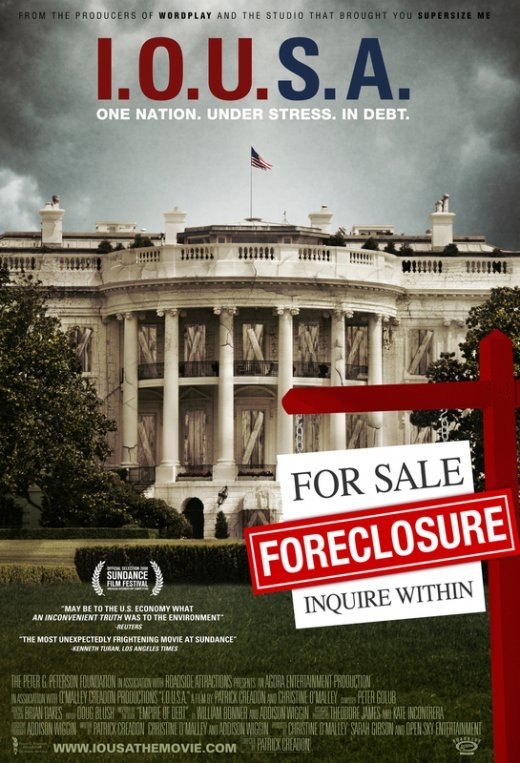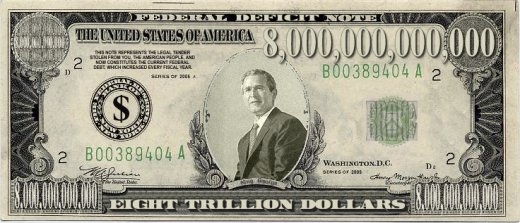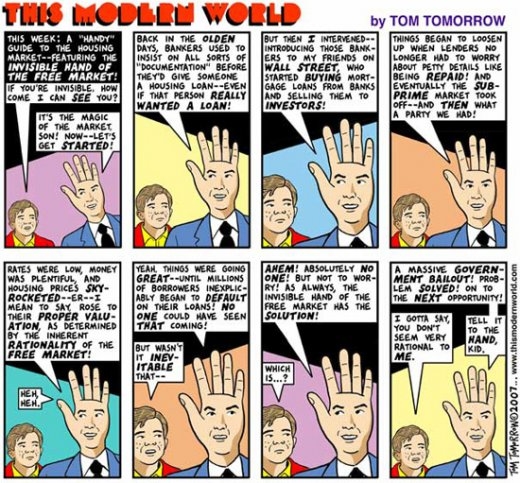
NEW YORK TIMES: WASHINGTON — The Senate strongly endorsed the $700 billion economic bailout plan Wednesday, leaving backers optimistic that the easy approval, coupled with an array of popular additions, would lead to House acceptance by Friday and end the legislative uncertainty that has rocked the markets.
In stark contrast to the House rejection of the plan on Monday, a bipartisan coalition of senators — including both presidential candidates — showed no hesitation in backing a proposal that had drawn public scorn, though the outpouring eased somewhat after a market plunge followed the House defeat. The Senate margin was 74 to 25 in favor of the White House initiative to buy troubled securities in an effort to avoid an economic catastrophe.
Only Senator Edward M. Kennedy, who is being treated for brain cancer, did not vote.The presence in the Senate of both presidential candidates in the final weeks of the campaign gave weight to the moment. The political tension was clear as Senator Barack Obama walked to the Republican side of the aisle to greet John McCain, who offered a chilly look and a brief return handshake. MORE
READ IT: Draft of Senate Proposal (pdf)]

CBS NEWS: With no fanfare and little notice, the national debt has grown by more than $4 trillion during George W. Bush’s presidency. It’s the biggest increase under any president in U.S history. On the day President Bush took office, the national debt stood at $5.727 trillion. The latest number from the Treasury Department shows the national debt now stands at more than $9.849 trillion. That’s a 71.9 percent increase on Mr. Bush’s watch. Buried deep in the hundred pages of bailout legislation is a provision that would raise the statutory ceiling on the national debt to $11.315 trillion. It’ll be the 7th time the debt limit has been raised during this administration. In fact it was just two months ago, on July 30, that President Bush signed the Housing and Economic Recovery Act, which contained a provision raising the debt ceiling to $10.615 trillion. MORE

ANNE COULTER: A decade later, the housing bubble burst and, as predicted, food-stamp-backed mortgages collapsed. Democrats set an affirmative action time-bomb and now it’s gone off. Now, at a cost of hundreds of billions of dollars, middle-class taxpayers are going to be forced to bail out the Democrats’ two most important constituent groups: rich Wall Street bankers and welfare recipients. Political correctness had already ruined education, sports, science and entertainment. But it took a Democratic president with a Democratic congress for political correctness to wreck the financial industry. MORE
 HUFFPO: Blame for the current economic crisis has been laid on many doorsteps, including the Gramm-Leach-Bliley Financial Services Modernization Act of 1999; credit default swaps; hedge funds; the Commodity Futures Modernization Act of 2000; Alan Greenspan; and Phil and Wendy Gramm. But it has fallen to right-wing pundit Ann Coulter to blaze a truly simple path through the maze of credit derivatives, collateralized loan obligations, tranches, securitization transactions, and Thomson Financial League Tables. This gentle lady spells out the source and origin of the current economic crisis: “THEY GAVE YOUR MORTGAGE TO A LESS QUALIFIED MINORITY!” MORE
HUFFPO: Blame for the current economic crisis has been laid on many doorsteps, including the Gramm-Leach-Bliley Financial Services Modernization Act of 1999; credit default swaps; hedge funds; the Commodity Futures Modernization Act of 2000; Alan Greenspan; and Phil and Wendy Gramm. But it has fallen to right-wing pundit Ann Coulter to blaze a truly simple path through the maze of credit derivatives, collateralized loan obligations, tranches, securitization transactions, and Thomson Financial League Tables. This gentle lady spells out the source and origin of the current economic crisis: “THEY GAVE YOUR MORTGAGE TO A LESS QUALIFIED MINORITY!” MORE
REALITY CHECK: University of Michigan Law Professor Michael Barr, a specialist in banking and finance law, flatly rejected claims that the CRA was “a significant factor in the current crisis. CRA was enacted more than 30 years ago. It would be quite odd if this 30-year old law suddenly caused an explosion in bad subprime loans from 2002-2007….Subprime mortgages were mostly made by mortgage brokers and lenders and securitized by investment banks — institutions not covered by CRA,” he told the Huffington Post, adding, “CRA only covers banks and thrifts, and these institutions mostly have not suffered to the same extent or kind from bad lending as the non-CRA-covered institutions at the core of the current crisis. The problem here is not CRA. It is what the late former Fed Governor Ned Gramlich called ‘the giant hole in the supervisory safety net’ — bad lending by firms outside the banking sector’s rules for prudential supervision, capital requirements, consumer protection and yes, the CRA.” MORE
| The Gross National Debt |
